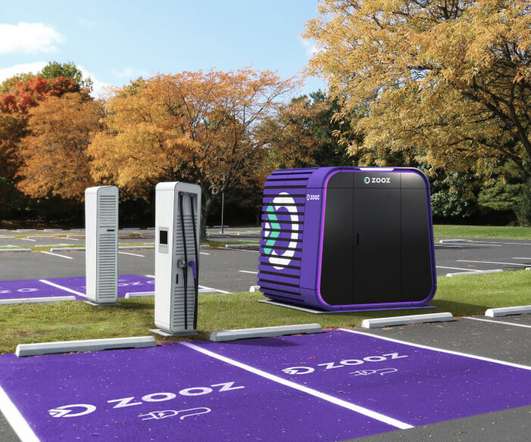New nanolithia cathodes may address technical drawbacks of Li-air batteries; scalable, cheap and safer Li-air battery system
Green Car Congress
JULY 25, 2016
An international team from MIT, Argonne National Laboratory and Peking University has demonstrated a lab-scale proof-of-concept of a new type of cathode for Li-air batteries that could overcome the current drawbacks to the technology, including a high potential gap (>1.2 V) V in O 2 (gas) → O x− (condensed phase), and η charging > 1.1












Let's personalize your content